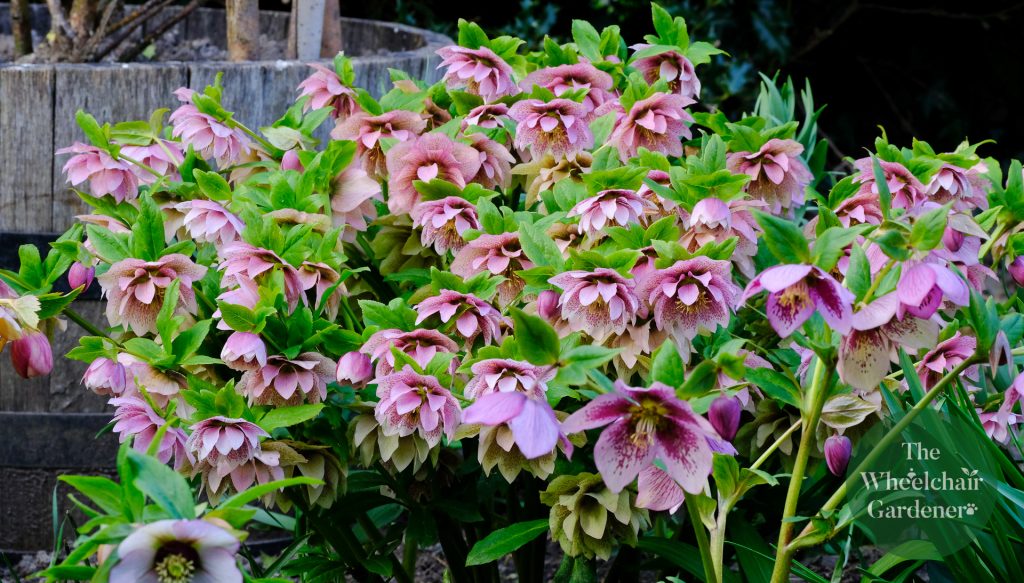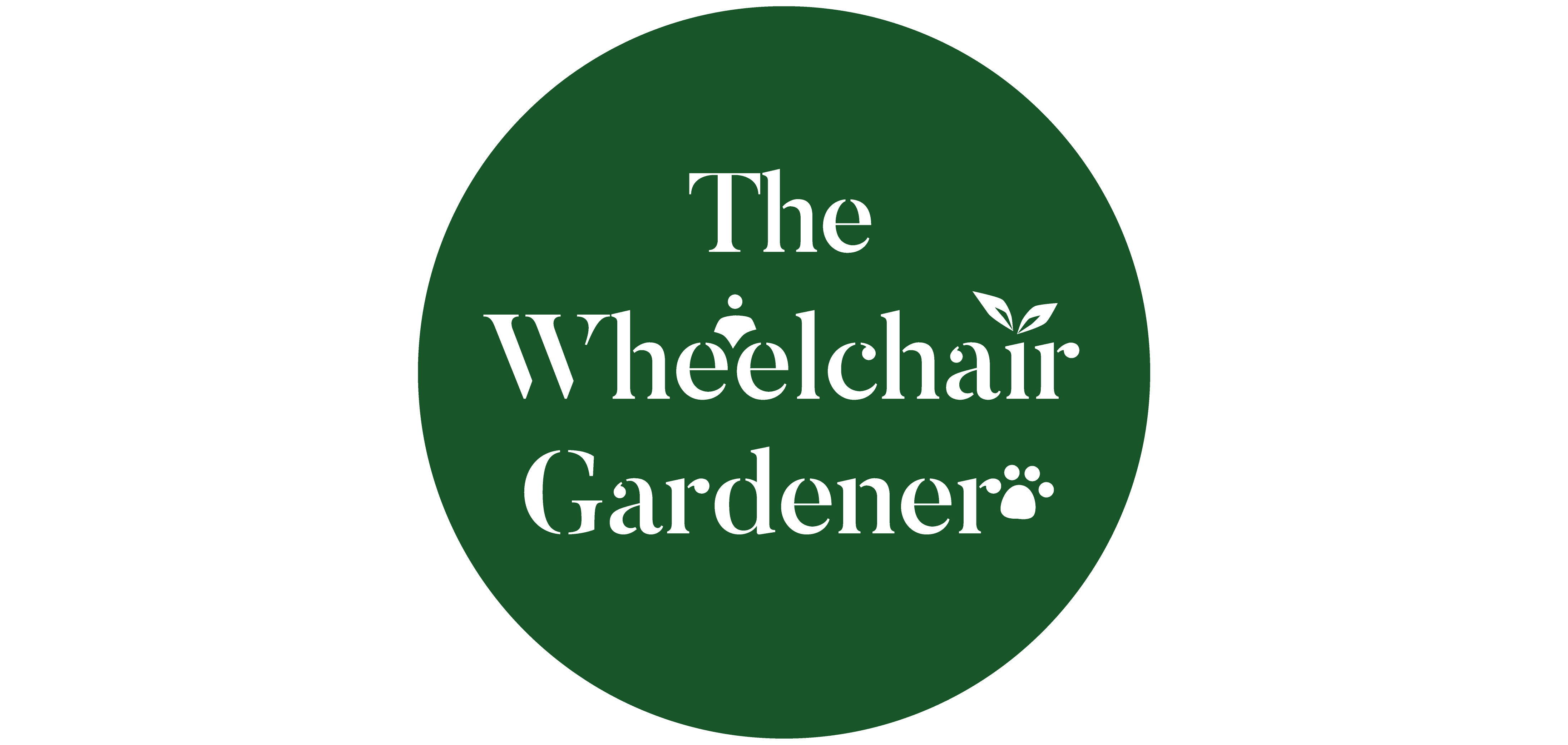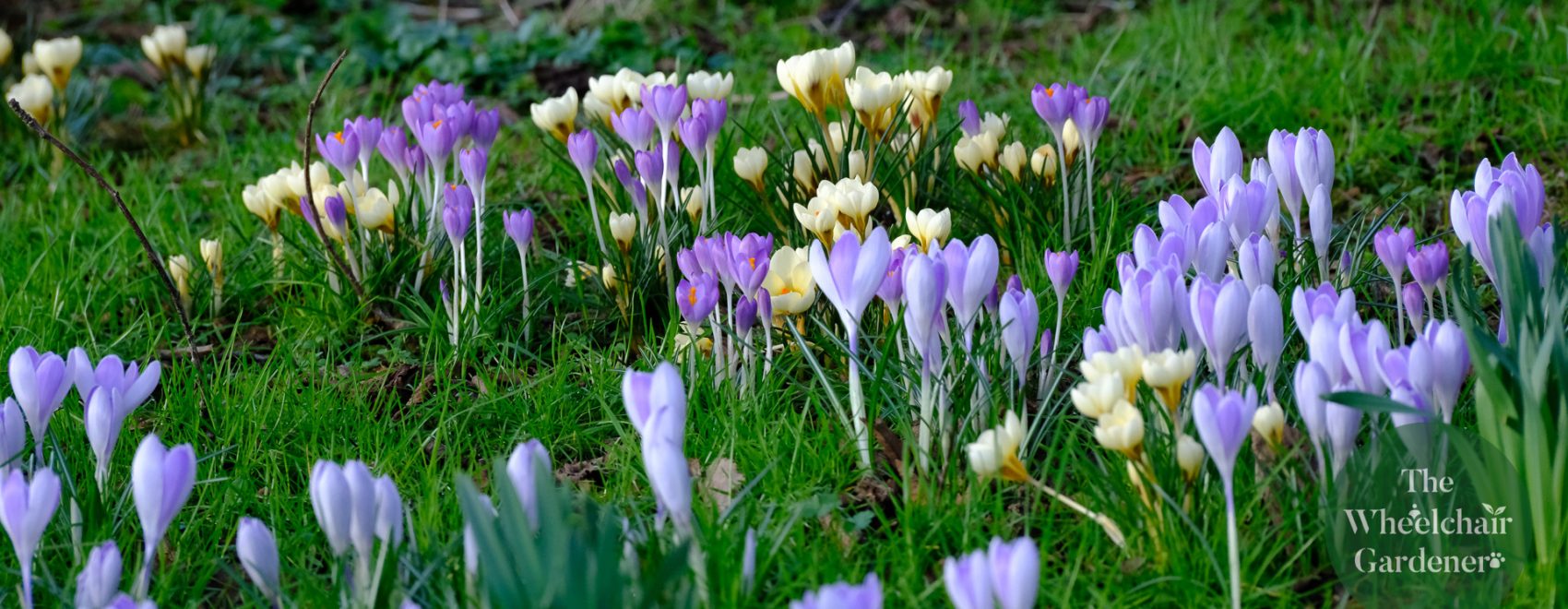We are fast approaching the end of February and what we would normally tend to regard as the end of our winter when the weather here; in these temperate climes the weather is supposed to have passed through its coldest, windiest and most brutal spell. Spring is meant to herald longer and warmer days as the natural world becomes slowly unlocked from a frozen state and bursts into life. And yet it almost seems as though we haven’t really had a winter at all.
Globally, it was the hottest February, then January on record, which had followed on from the wettest December on record. Certainly, the days have seemed soggy and wet, and generally overcast with endless low grey clouds, but to my senses, dulled as they are, it quite simply has not felt like Winter in the way that winters past have felt.
We can carry on with some of the climate figures and data which clearly show that in the UK, in the past 5 Februarys’, we’ve had: 2019 – hottest February and winter day on record 2020 – wettest on record 2021 – close to average but with coldest February temperature since 1955 2022 – 8th wettest and three named storms 2023 – driest in 30 years 2024 – Is going to be right up there for both temperature and rain, as well as least amount of sunshine and lots of named storms.
These are the sort of weather conditions and climatic patterns which will mean significant changes to the way we are able go about our daily lives; it is going to get increasingly more extreme and a whole heap worse. We are so poorly prepared for these dramatic events, imagining they can only happen to the people we see on our screens from somewhere else, unconnected to us. As examples; thousands of acres in East Anglia have been underwater for months, whilst in Italy the olive crop dived by 57% due to unusual spring frosts and summer droughts. The ability to reliably grow crops of our staple foods will become evermore difficult and laden with risk of failure or severely diminuished yields.
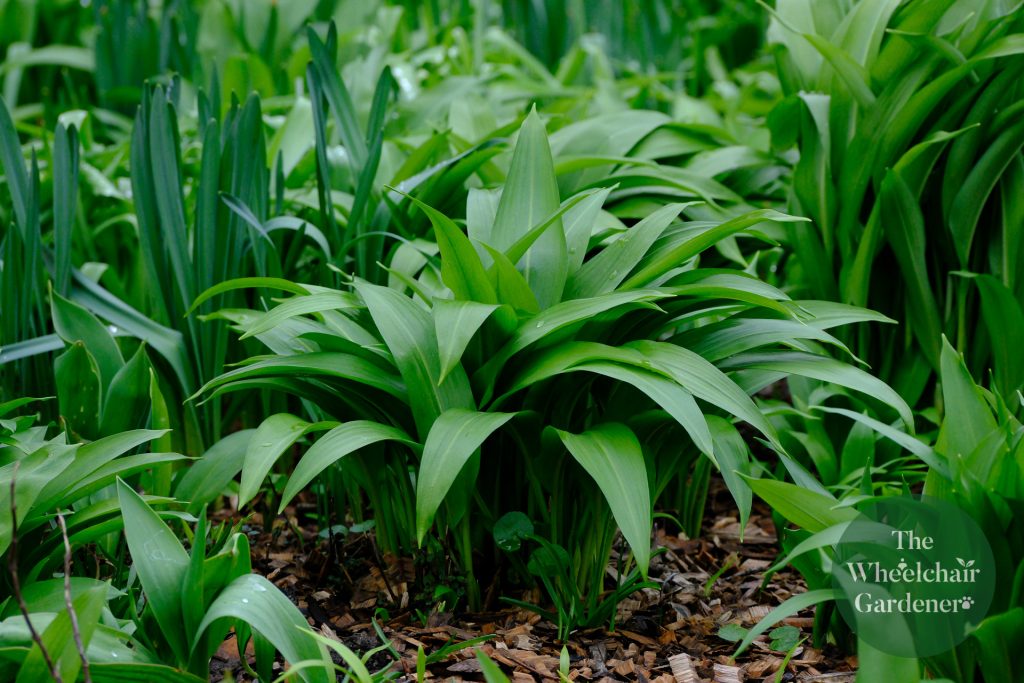
The signs of these changes are there to witness in the outside world right outside our own front doors, reacting in its own individual and differing ways to the fluctuating conditions. In my little garden patch the Welsh daffodils have come into bloom a fortnight earlier than the average. They have been arriving on St. Davids Day, 1st March, as regular as clockwork for the past few years. Frogspawn was the earliest I have recorded here in Llandrindod Wells and one of the earliest records I can find in mid Wales.
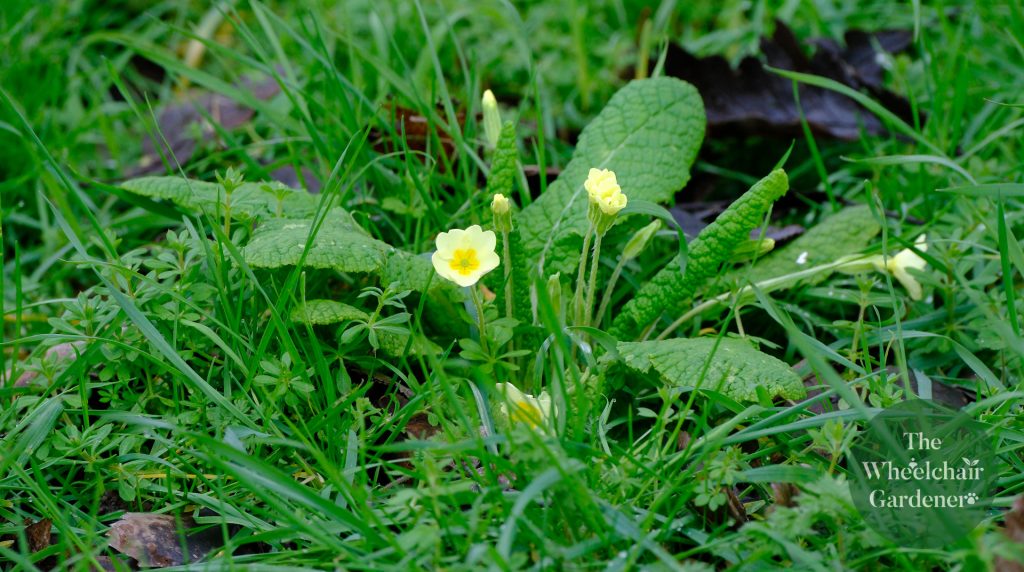
The snowdrops and crocuses got hammered by the rain, and with the higher than normal temperatures, they did not hang around for as long as usual. Also putting in very early appearances are primroses; the bluebell leaves are clearly visible and wild garlic is growing happily with its lush green leaves ready to eat. The apple and pear trees have buds ready to burst into flower, and it is hard to believe we simply will not have any frost in March, which will put paid to a decent crop of fruit.
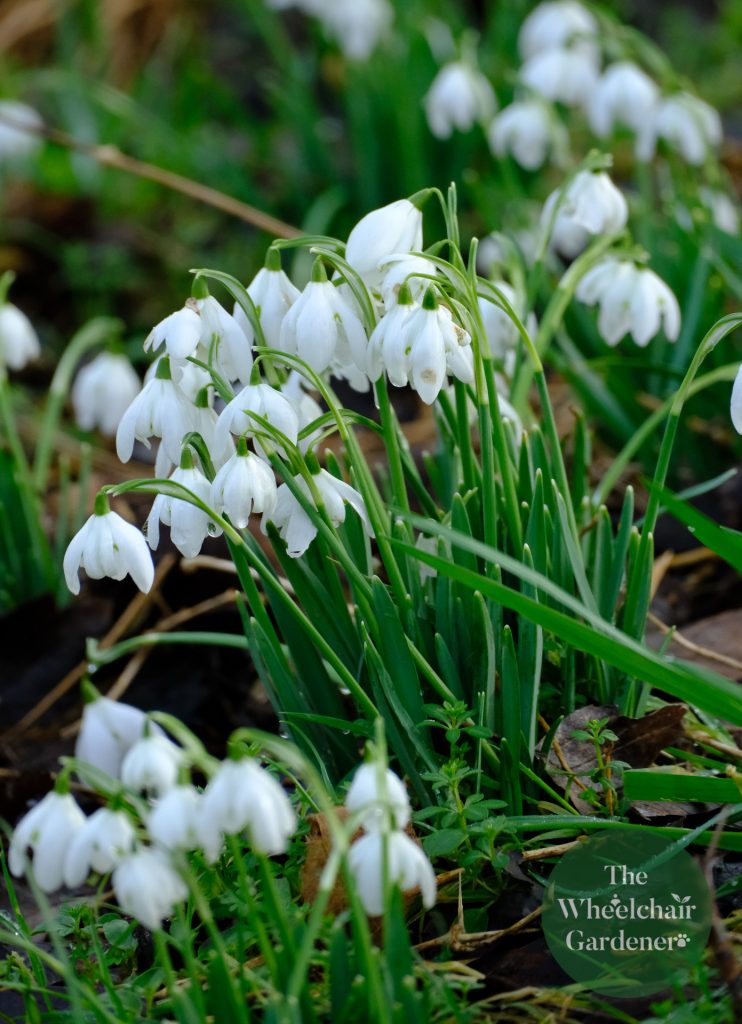
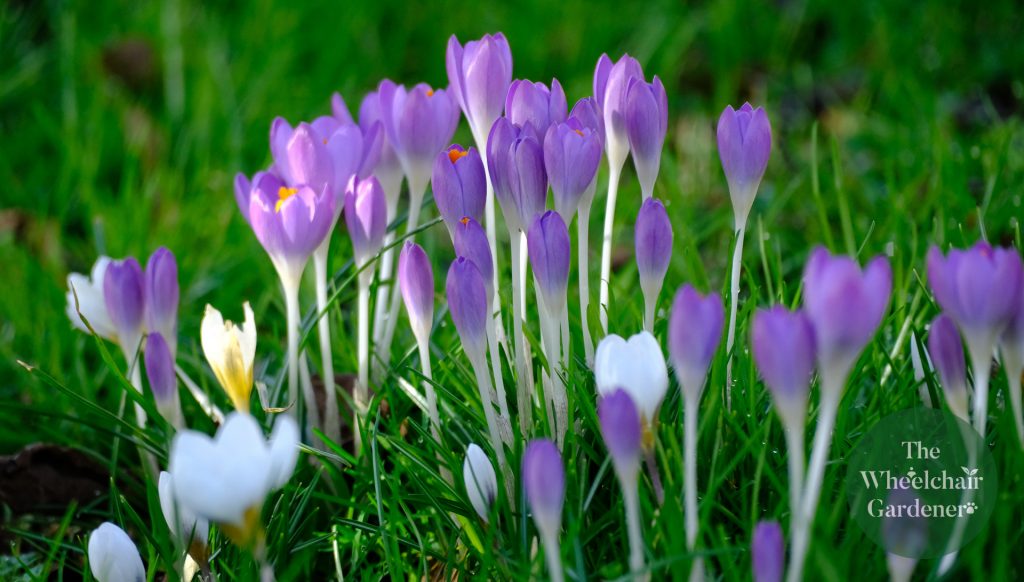
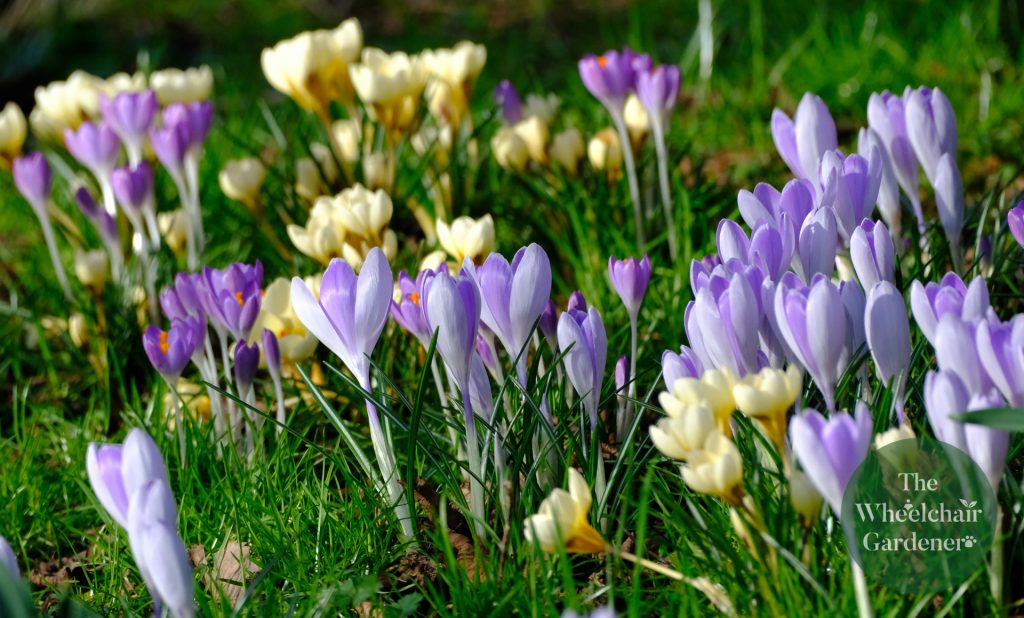
All these changes in our climate and weather means we will have to radically rethink about the foods that we eat and grow. The huge problem is, if we cannot be sure what the weather might have in store, we cannot reliably grow our food. We are at the beginning of a brand new period in time and continuing to do the same things as we have in the past, will not be the way we can navigate into a future. In the world of gardening and food growing, it needs to be a future of experimentation and careful observation mixed with hope.
Watching life adapting and growing in the garden is a more optimistic and rewarding way to spend time than hoping for the systemic changes needed in our current stagnant economic and political landscape, where we are told these are changes we can’t afford to make at the moment. There is no economy nor life without a healthy living planet; it is priceless.
